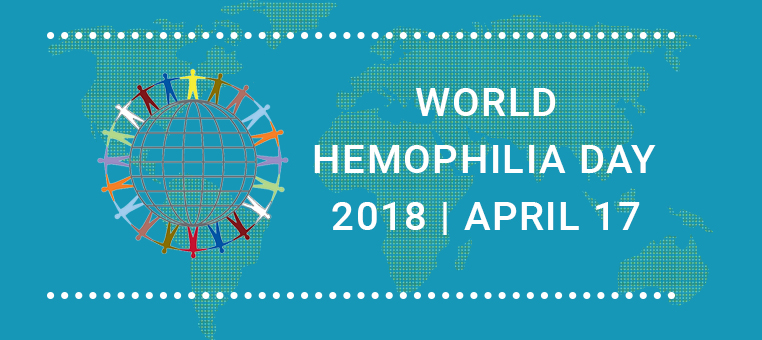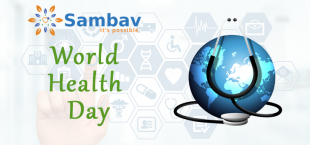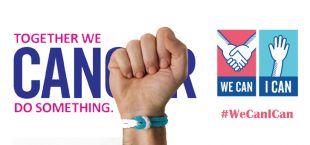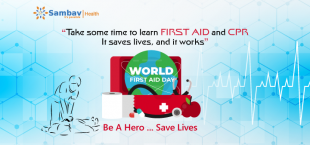The World Federation of Hemophilia celebrates the 28th World Haemophilia Day on 17 April 2018. It aims to focus on the importance of sharing knowledge. The bleeding disorders community contains in-depth information about the first-hand knowledge and experience required to help increase awareness and improve access to care and treatment.
The treatment for Hemophilia has progressed significantly, people diagnosed with this condition should be treated immediately following minor or major injuries.
This year the focus is on the importance and the need for “Sharing Knowledge”. The power of social media is immense, which should be utilized efficiently to spread awareness about the deadly disease.
Below are certain “must know” facts about Hemophilia.
- Hemophilia is a rare disease. Approximately 1 in 10,000 people are born with it.
- You cannot catch it from someone; rather you inherit it.
- Hemophilia is a bleeding ailment in which people usually bleed, but they can bleed for a longer time.
- The amount of clotting factor present in their blood is not enough to cause normal clotting.
- The clotting factor is a protein found in the blood that is responsible for controlling bleeding.
- There are two kinds of hemophilia.
- Hemophilia A is the most common type in which the person does not have enough clotting factor VIII (factor eight).
- Hemophilia B is not very common in which the person does not have enough factor IX (factor nine). However, the result is the same for people with hemophilia A and B; that is, they bleed for a longer time than usual.
- The severity of hemophilia depends on the amount of clotting factor, lesser the amount severe the condition.
- The treatment for Hemophilia has progressed significantly, people diagnosed with this condition should be treated immediately following minor or major injuries.
- Quick treatment will prevent damage to the muscles, joints, and organs.
- The clotting factor is injected at the site of injury which stops bleeding.
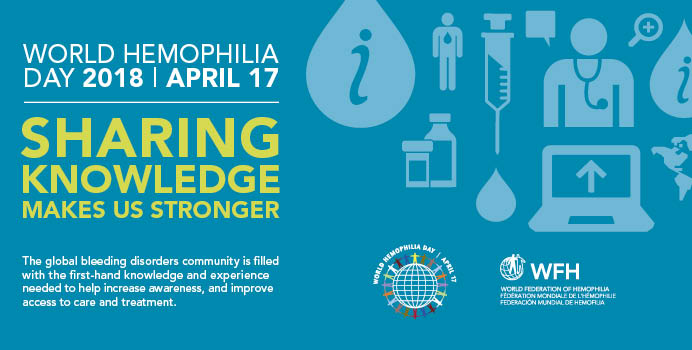
Sambav is committed to inspiring healthcare providers and volunteers who work every day towards advancing our collective vision of Treatment for All.

